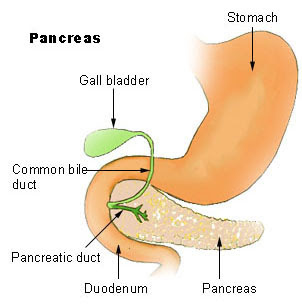The risk factors include:
- older age
- diet high in fat and low in fibre
- hereditary (20% of cases including Familial Adenomatous Polyposis & Hereditary Non-Polyposis Colon Cancer)
- male sex
- patients with inflammatory bowel disease (especially ulcerative colitis)
- colonic polyps
- obesity
- cigarette smoking
- acromegaly
- patients with an uretero-sigmoidostomy
Patients usually present with:
- altered bowel habits: constipation alternating with bouts of foul smelling watery stools
- bloody stools
- mucous in the stools
- loss of weight and loss of appetite
- incidental finding on screening colonoscopy
- symptoms of metastasis (malignant spread) eg difficulty breathing, liver swelling, abdominal distension, bone pain, confusion, weakness
Patients can also present as an emergency case with:
- intestinal obstruction with or without abdominal distension
- perforation of the large intestines
- symptoms of anaemia due to profuse bleeding from the tumour
Investigations include:
- colonoscopy which can visualise and biopsy the tumour
- CT-scan to look for spread (metastasis) of the tumour to the lungs, liver or lymph nodes
- serum CEA levels (tumour marker for colon cancer): raised CEA reinforces the diagnosis and can be used for surveillance to detect recurrence
- genetic testing for hereditary colon cancers eg APC, hMLH1, hMSH2, hPMS1 genes
Management of patients with colon cancer will depend on the stage and extent of the disease. The mainstay of treatment for colon cancer is surgery. The type of surgery will depend on the site of the cancer. A right hemicolectomy is done for cancers at the right side of the colon. Left hemicolectomy for cancers of the left colon, anterior resection for cancers of the sigmoid and rectum.
Patients with advanced stage 2 and stage 3 colon cancers will require chemotherapy after surgery. Common chemotherapy regimes used include 5-FluoroUracil, Oxaliplatin and Irinotecan. Radiotherapy is indicated when surgical margins are involved. Newer treatment options include the use of molecular targeted therapy such as bevacizumab and cetuximab.
Patients who present with metastatic disease (stage 4) will usually be treated with palliative and supportive care. However, recent advances have shown that resection of metastatic liver and lung lesions improves patient survival.
























